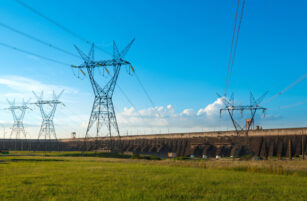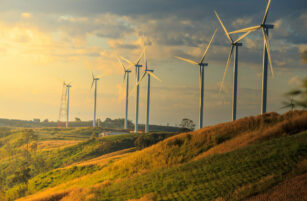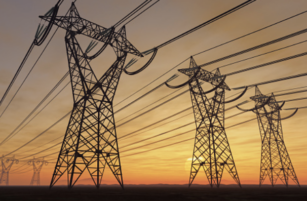Insight Focus
- Brazil’s lowest thermal generation since grid operator took measures to manage lack of water.
- Oil and natural gas sectors should receive USD 157 billion investment between 2023 and 2030.
- New natural gas thermoelectric plants could cut Brazilian energy tariff by 2.7%.
Last week, Brazil’s national grid operator, ONS, held its Monthly Operation Program (PMO) meeting and highlighted the lowest thermal generation since it adopted measures to manage water scarcity, as well as the upward revision to the load forecast in the Southeast in May due to the country’s economic recovery.
However, the real focus was on the oil and gas sector: projections, studies, acquisitions and dropouts, not to mention the conflict in Eastern Europe, which has lasted more than 60 days.
According to Abraget’s calculations, the natural gas thermoelectric plants set to be contracted under the law that deals with the privatisation of Eletrobras will reduce the country’s energy tariff by 2.7%.

On the oil and natural gas exploration and production side, the IBP projects should generate USD 157 billion investment in Brazil between 2023 and 2030 and generate 570,000 direct and indirect jobs each year.
Brazil’s state-owned oil company Petrobras sold 90% of the Albacora Leste field in the Campos Basin to PetroRio. It was a sale on the one hand and complet on of a negotiation on the other. The sale process of the Nitrogenated Fertilizers Unit III (UFN-III) in Mato Grosso do Sul to Russian group Acron was cancelled.
Speaking of Russia, it’s worth remembering that Gazprom suspended contracts for sending natural gas to Poland this week, which was called blackmail by the President of the European Commission, Ursula von der Leyen.

The meeting of electricity regulator Aneel also generated a lot of news this week:
- The CDE budget increased by 32.4% due to rising fuel prices and the Social Tariff.
- The A-4 auction notice was approved; wire discounts will be considered later.
- Aneel approved CCEE operations with 14 banks for the Water Scarcity Account.
And last but not least, there was a slew of corporate results last week:
- TotalEnergies forecasts an increase in oil and gas production in Brazil in Q2.
- WEG sees a heated power generation market and still does not feel the effects of a new lockdown in China.
- WEG’s profit totals BRL 943.9 million in Q1, up 23.5% on the year.
- Neoenergia’s profit grows 20% in Q1, to BRL 1.2 billion.
Other Insights That May Be of Interest…













